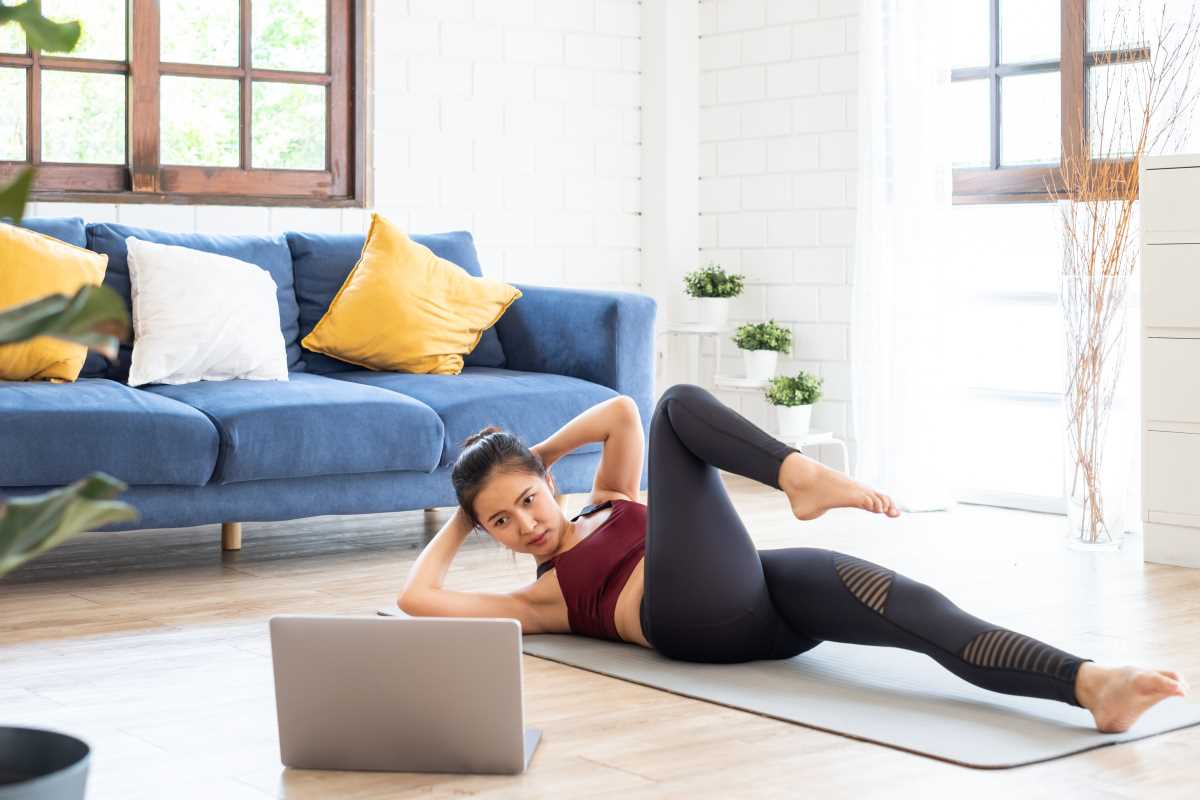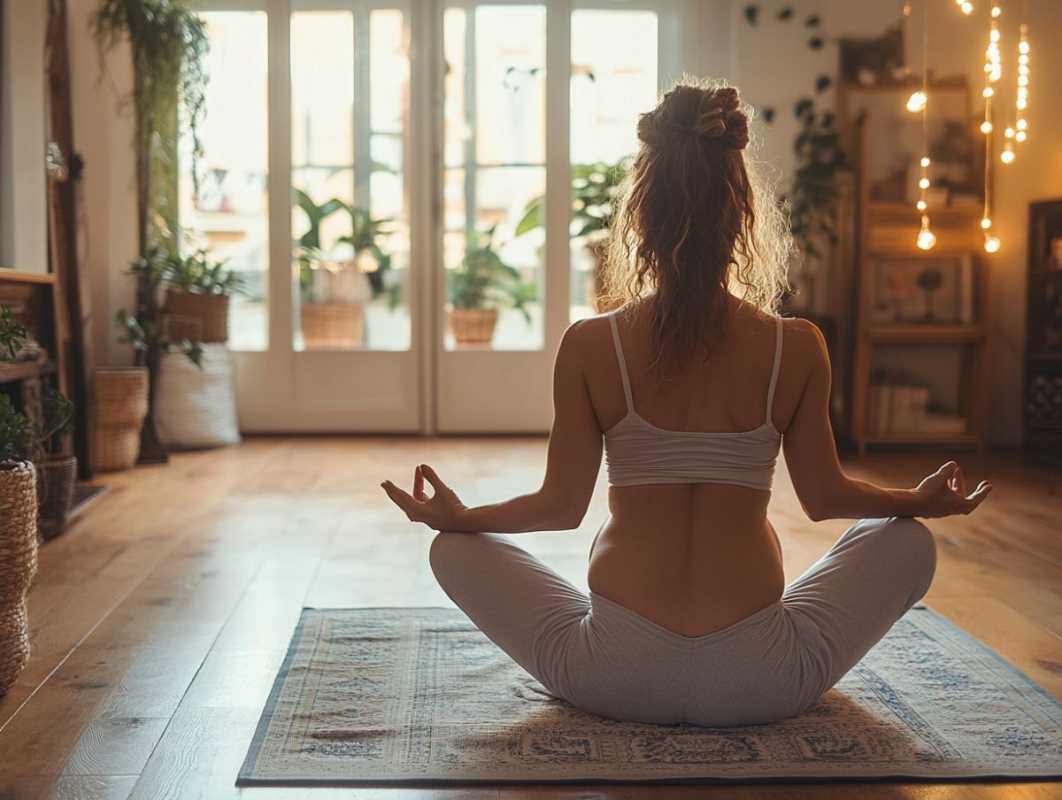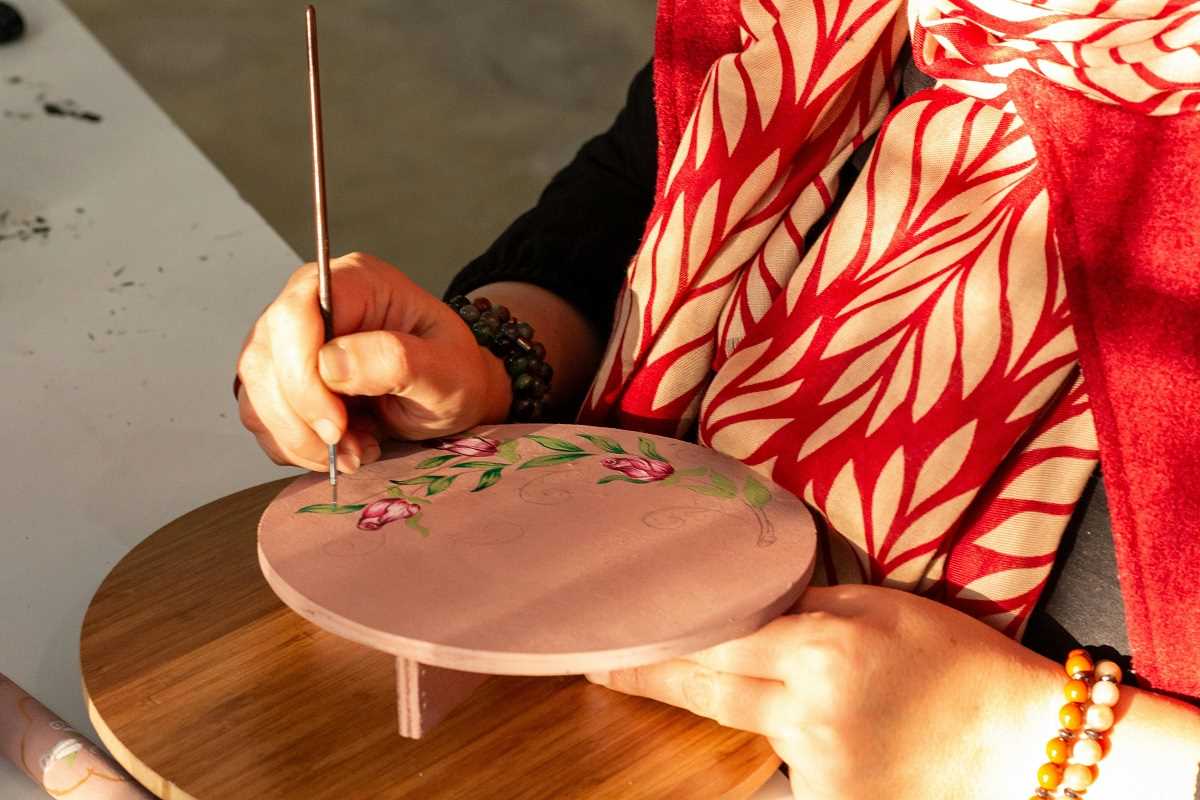Staying active is one of the best ways to support overall health and boost mood, but not everyone finds themselves drawn to a gym routine. Whether it’s the cost of memberships, lack of time, or simply not enjoying the experience, many people look for alternatives to keep moving and stay fit. The good news is that physical activity doesn’t depend on treadmills or weight machines. Movement can be creative, flexible, and tailored to any lifestyle. Understanding how to integrate everyday habits or explore new ways to move can make staying active less of a chore and more of a natural, enjoyable part of life. Remember, fitness can be fun, adaptable, and available to you in ways you might not expect.
Rethinking the Definition of Exercise
When most people hear the word “exercise,” their minds jump to traditional workouts like lifting weights or running laps. While these are excellent forms of fitness, the definition of exercise can be much broader. Physical activity includes everything from walking to playing with a dog or gardening in the backyard. The key is finding movement that gets your heart rate up and engages your muscles.
By broadening the idea of what exercise means, it becomes easier to identify opportunities for physical activity in everyday life. Dancing around the living room, biking to the store, or cleaning the house with extra energy can be surprisingly effective ways to stay active without feeling like you’re “working out.” It’s less about following a strict routine and more about making small, sustainable changes that add up over time.
Turning Chores into Fitness Opportunities
Daily responsibilities like cleaning, yard work, or errands might not feel like exercise, but they offer plenty of chances to engage your body. Vacuuming carpets or scrubbing floors requires more effort than it might seem, engaging muscles and boosting circulation. Similarly, tasks like mowing the lawn, raking leaves, or shoveling snow count as functional fitness.
Carrying groceries, climbing stairs, or walking through the aisles at the store can turn into mini-workouts with a bit of intention. Even standing rather than sitting while folding laundry or cooking can make a difference over time. These small, seemingly simple activities may not compare to marathon training, but they certainly contribute to your overall activity level and count as movement that benefits health.
Exploring Nature as Your Playground
Nature provides an endless array of opportunities to stay active. A hike on a nearby trail, a leisurely walk in a park, or even a stroll around the neighborhood can provide aerobic activity while also offering a chance to unwind. The changing scenery and fresh air often make outdoor exercise feel less like a workout and more like an adventure.
For those who live near rivers, lakes, or beaches, activities like kayaking, paddle-boarding, or swimming can double as both cardio and fun. Even taking time to climb a hill or chase your kids through a field can bring in natural movement that feels refreshing. The organic variety of terrain, weather, and settings found outdoors keeps workouts interesting and encourages exploration.
Dancing It Out
Dance is one of the most enjoyable ways to stay active, and it can be done almost anywhere. You don’t have to enroll in a formal dance class to enjoy its benefits, although that can certainly be a fun option. Pumping up your favorite playlist and moving however you like in the comfort of your home can raise your heart rate and help improve coordination.
Styles like salsa, hip hop, or Zumba combine fitness and rhythm, while slower forms like ballet can improve strength and flexibility. Another benefit of dance is that it doesn’t feel repetitive. Whether you follow a routine or just freestyle in your kitchen, dancing is a creative and effective way to stay fit.
Incorporating Walking into Everyday Life
Walking remains one of the simplest and most effective activities to improve health. Not only does it engage large muscle groups, but it’s also low impact, making it suitable for many people. Walking can easily be incorporated into daily routines with a little creativity.
Parking farther from the entrance of a store, taking the stairs instead of the elevator, or choosing a walking path for phone calls are small adjustments that add activity to the day. Neighborhood strolls or walking through local nature trails can turn into meditative moments, allowing you to connect with your surroundings while staying physically active.
Strengthening Through Bodyweight Exercises
One of the best things about bodyweight exercises is that they require no equipment. Moves like push-ups, squats, lunges, or planks use your own body to build strength and endurance. These exercises can be tailored for any fitness level by adjusting the number of repetitions or the duration.
Short bodyweight circuits done during breaks at home or even in the office introduce strength training without the need for a gym. Over time, these exercises contribute to better posture, improved muscle tone, and enhanced overall fitness. They’re versatile, quick, and require very little space, making them a perfect way to keep moving.
Playing Games or Sports
Another exciting way to stay active is by rediscovering the joy of games and sports. Activities like throwing a frisbee, playing tag, or kicking a soccer ball around combine fun with physical movement. You don’t need a team to get started; many sports can work just as well with one or two people.
For those who enjoy structured activities, things like tennis, badminton, or recreational leagues for volleyball or basketball offer a chance to be social while staying fit. The playful nature of games keeps exercise feeling less like work and more like something to look forward to.
Seizing Movement Breaks Throughout the Day
Technology and sedentary jobs mean many of us spend long hours sitting, but standing up for short movement breaks can reduce that inactivity. A few stretches between meetings, a quick lap around the house, or some light stretching during TV commercials can shake off stiffness and add activity to an otherwise still day.
For those who work from home, short bursts of activity between tasks serve as both physical exercise and mental refreshers. Standing desks or stability balls offer even more ways to encourage movement throughout the day without setting aside specific times for exercise.
Household Activities with a Twist
Everyday moments can become opportunities for activity. Turning on upbeat music while washing windows or vacuuming makes chores feel more energizing. Organizing closets or rearranging furniture requires lifting, bending, and moving, which also engages major muscle groups.
Cooking can become surprisingly active if you add an extra dose of enthusiasm while mixing, chopping, or reaching for ingredients. The idea is to look at your surroundings and tasks with fresh eyes, finding ways to add movement where there otherwise might not be much.
Making Activity a Natural Part of Your Routine
Ultimately, the best way to stay active outside the gym is to make movement a natural, enjoyable part of life. By focusing on activities you actually enjoy, it becomes easier to stick with them long-term. Movement doesn’t have to feel forced or mapped out. It can come from moments you already experience and choices you make throughout the day.
Finding joy in how you move is what builds consistency. Whether it’s walking, dancing, or simply getting creative with everyday tasks, these small steps create a valuable foundation for staying active. Over time, integrating a variety of movements keeps things fresh and helps you maintain a vibrant, healthy lifestyle.







